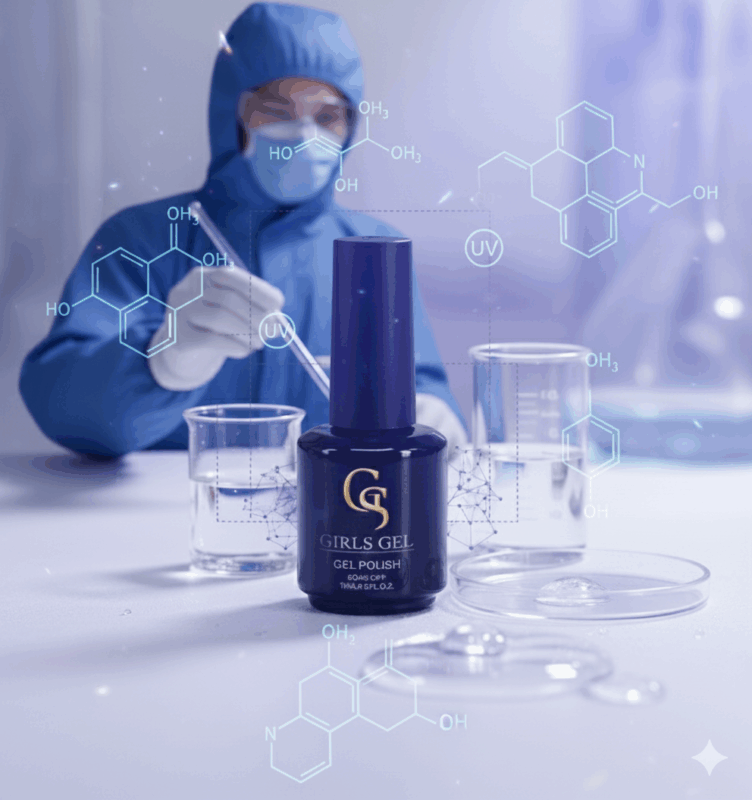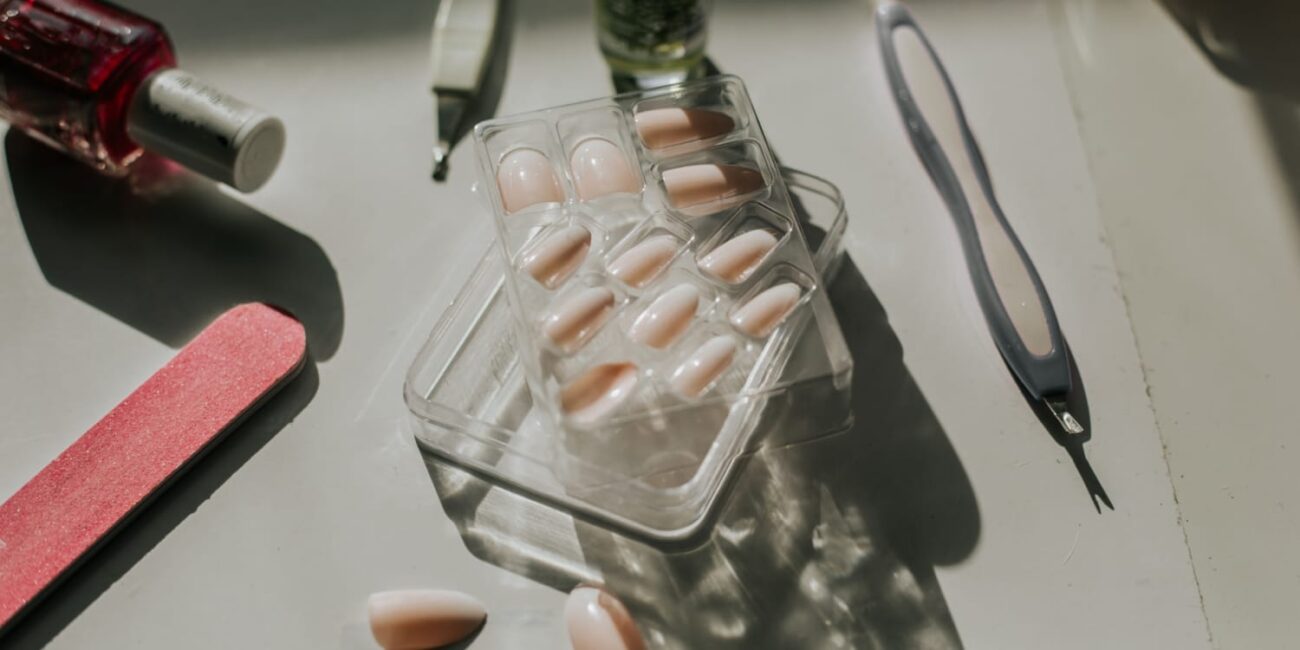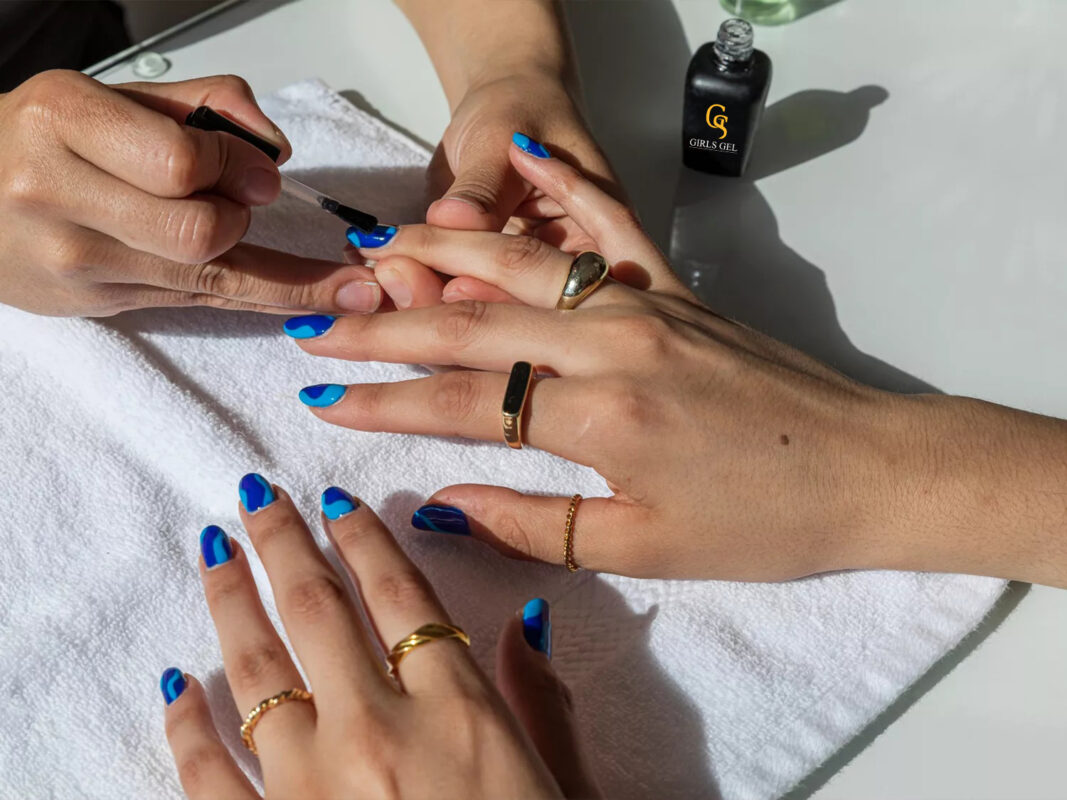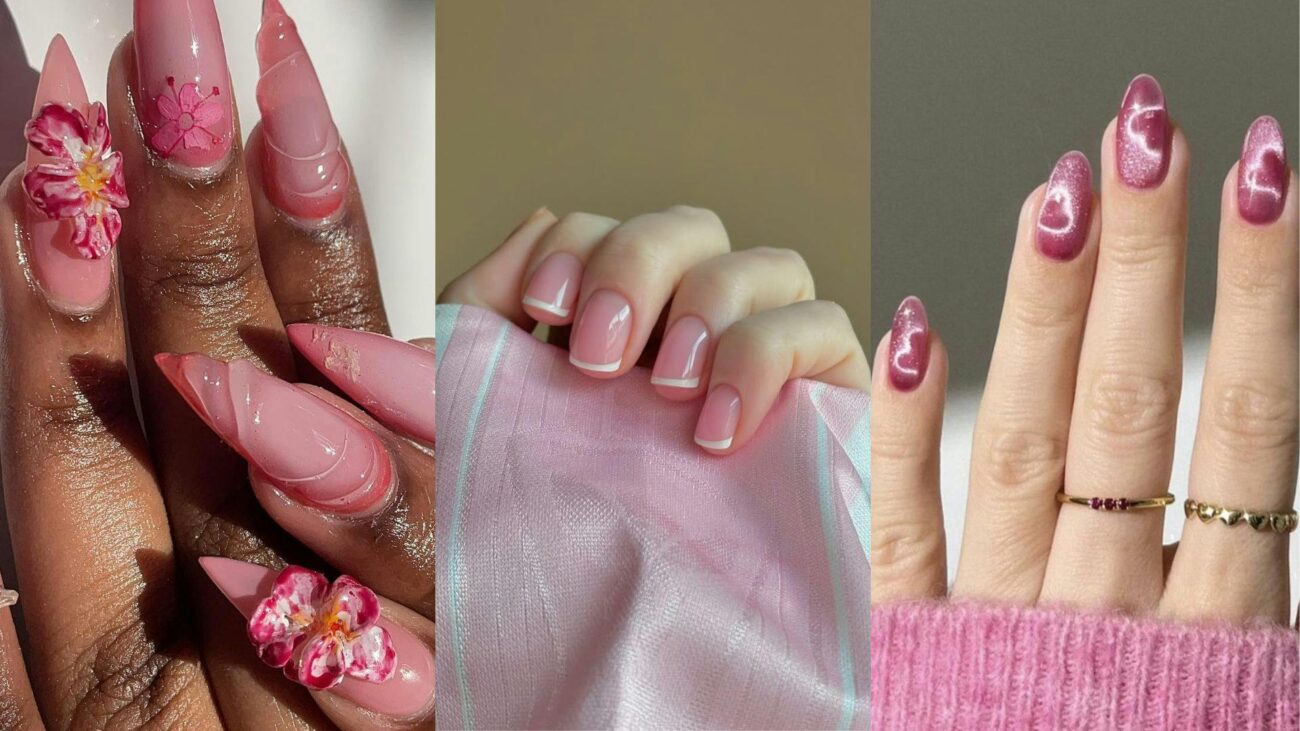Just because a product contains HEMA doesn’t mean it is going to cause your client any problems. The way in which you apply products that contain HEMA is important. The biggest cause of allergic reactions using gel polish is lack of training and knowledge. The correct application and use of a full end-to-end gel polish system from the same brand is always recommended.
Gel Polish brands take their products through rigorous scientific testing to ensure their gel polish system is compatible with their lamp to cure the gel correctly.
If a lamp is not the correct wavelength, the acrylates (a group of chemicals used to bond the gel) do not cure properly, penetrating the nail bed and surrounding skin, causing irritation and allergies.
Signs and symptoms of a HEMA allergy include…
Contact Dermatitis: HEMA can cause contact dermatitis, which leads to skin inflammation, itching, redness, and a rash. Prolonged or repeated exposure to HEMA may worsen these symptoms.
Nail Bed Inflammation: Some individuals may experience inflammation or swelling around the nail bed due to HEMA exposure, leading to discomfort and pain.
Does all gel polish contain HEMA?
Not all gel polish and builder gels contain HEMA. They will be marketed and labelled as HEMA Free if they do not contain Hydroxyethyl Methacrylate.
It goes without saying that if you need to work with a HEMA Free product, for example, a client has a known allergy, always check the label of the gel polish you are using or contact the brand directly if you are unsure.
Is HEMA the only allergen in gel polish?
Although HEMA has been identified as a known allergen in gel polish, it isn’t the only one. It’s important clients take an allergy test if they suspect an allergic reaction to HEMA to confirm if using a HEMA Free gel polish is the right formula for them.













